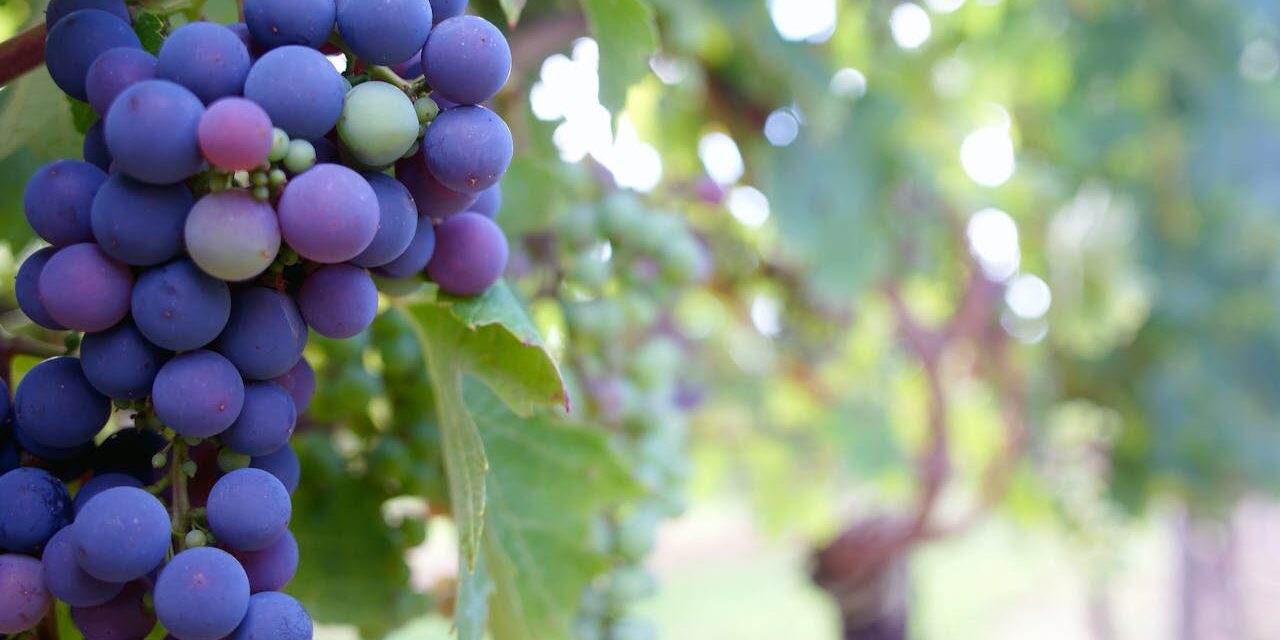Before it became known for its vineyards and urban sprawl, Rancho Cucamonga’s story began with the indigenous Tongva people.
The Spanish land grant era brought about the Rancho de Cucamonga, a name that echoes through time and space, laying the foundation for a community rich in heritage and tradition.
Table of Contents
The Birth of a Wine Country
The fertile soil and cherished climate of the area gave rise to an era of viticulture, with the establishment of vineyards and wineries in the 19th century.
These vineyards became the economic heartbeat of the region, attracting settlers and establishing Rancho Cucamonga as a beacon of agricultural prosperity.
Transition to an Agricultural Hub
As the city moved into the 20th century, it transformed from a wine country into a diversified agricultural center.
Citrus groves flourished alongside vineyards, and the city’s identity became synonymous with bountiful harvests and agricultural ingenuity.
Post-War Boom and Urbanization
The conclusion of World War II saw an influx of population and the gradual urbanization of Rancho Cucamonga.
The city expanded, welcoming new residents with the promise of suburban living and the allure of the California dream.
Rancho Cucamonga Today: A Thriving Suburban Metropolis
Currently, Rancho Cucamonga is a testament to balanced growth, retaining its agricultural roots while embracing modernity and economic diversity.
The city’s blend of historical landmarks, bustling commerce, and community-oriented living makes it a standout example of a 21st-century Californian city.
Q&A: Unearthing Rancho Cucamonga’s Storied Past
Q: How did the indigenous Tongva influence the area now known as Rancho Cucamonga?
A: The Tongva people shaped the region with their knowledge of the land, their trail systems, and their trade networks, which set the stage for the area’s later development.
Q: What led to the growth of viticulture in Rancho Cucamonga?
A: The growth of viticulture was spurred by the region’s climate and soil, ideal for grape cultivation, and the entrepreneurial spirit of early settlers who recognized the area’s potential for wine production.
Q: How did agriculture evolve in Rancho Cucamonga throughout the 20th century?
A: Agriculture evolved with the introduction of citrus and other crops, advances in irrigation, and the adaptation to changing market demands, ensuring the area’s ongoing agricultural success.
Q: What were the effects of the post-war population boom on Rancho Cucamonga?
A: The post-war boom led to increased housing developments, commercial growth, and the establishment of educational institutions, paving the way for Rancho Cucamonga’s transformation into a suburban city.
Q: How does Rancho Cucamonga maintain a connection to its historical roots in today’s modern landscape?
A: The city maintains its connection to historical roots by preserving landmarks, celebrating its wine-making heritage, and fostering a community culture that honors its past.
Q: What challenges does Rancho Cucamonga face as it continues to grow, and how is it addressing them?
A: Challenges of sustainable development and maintaining a high quality of life are being addressed through intelligent planning, environmental stewardship, and community engagement initiatives.
The Rich Lands of Rancho Cucamonga’s History
Rancho Cucamonga’s history is a vibrant mosaic of indigenous heritage, Spanish influences, agricultural milestones, and urban development.
Each epoch of its past contributes to the city’s dynamic character, offering lessons in adaptability and community resilience. As Rancho Cucamonga strides into the future, it does so with an eye on preserving the essence of its unique history while forging a path that accommodates growth and innovation.
What will the next chapter hold for this city that has always found a way to blend tradition with transformation?





